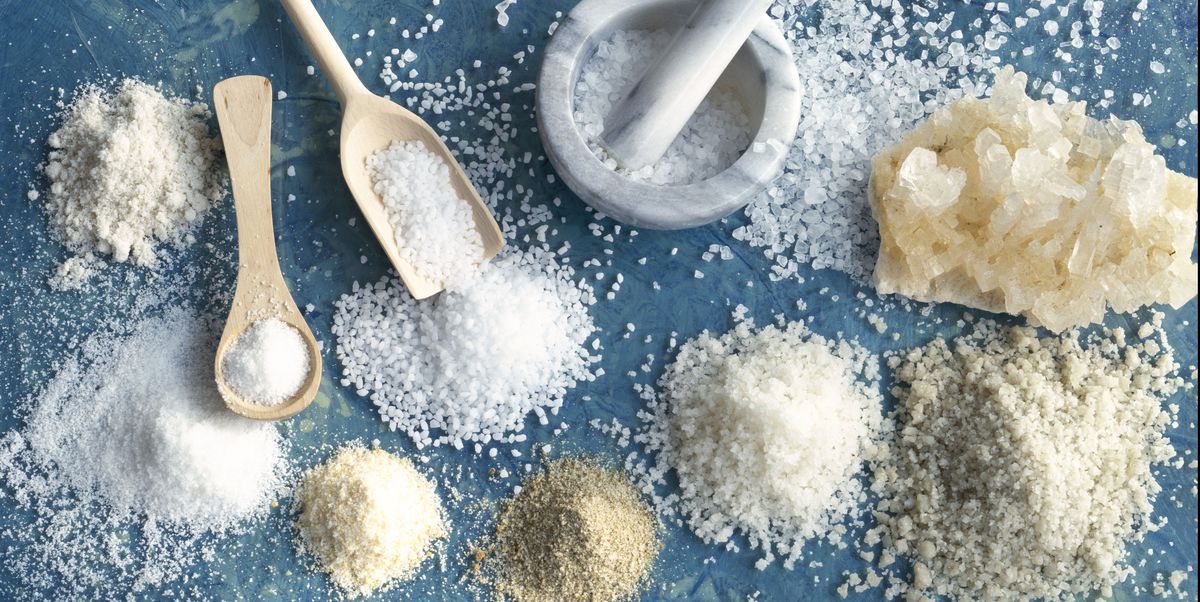Salt: The Edible Rock

Have you ever been asked to “Pass the salt” at the dinner table? Salt is one of the most common seasonings and is a staple in household meals. What if we told you that salt was not always so accessible? In fact, it used to be a prized possession of many cultures. This mineral composed of sodium chloride (NaCl) has been around for a long time- as early as 6000 BC to be exact. Back then, salt was hard to come by and a luxury; it was a valuable item used in trades and religious ceremonies and people in Romania boiled spring water to extract salts. To this day, salt plays an important role in food including food preservation, texture manipulation, and is a staple for a healthy diet. In this article, we will cover the hidden benefits salt provides in the culinary world.
When producing a product that contains salt, you’ll need to be in the know of all the benefits salt and qualities has to offer. This is where owning your manufacturing comes into the picture. When you own your manufacturing, you have full control over the amount of each ingredient, the quality, and many other factors that can make or break a product. It gives you the ability to call the shots when it comes to product formulation, and in the case of salt, it means that you have control over the amount of sodium in a product.
Although salt is widely known as a seasoning, it has many other roles when it comes to product formulation. It was used as a method of food preservation before refrigeration became available and is still used to prolong the shelf life of food products. Microbes that cause foodborne illnesses thrive in moist conditions. Salt is a dehydrator, and it soaks up the moisture needed for pathogens to grow. Salt is also a key ingredient in brines, which are also used to preserve food. The act of preserving food in brine is called pickling. Many foods such as vegetables, fruit, eggs, and even meat can be pickled. It is one of the most common methods of using salt to preserve food because most of the materials needed for pickling can be found in any household.
In addition to food preservation, salt can be used to manipulate the texture of food. For example, when salt is used to make bread, it affects the rate of yeast and gluten fermentation in bread, causing dough to rise at a slower rate. It plays a key role in grilling meat because it causes the meat to release more juices, creating a rich and moist texture. When mixed with sugar, salt adds a whole new flavor sensation. Salted caramel is a common example of this, which is why it has become a trend in recent years.
Although salt should be consumed in moderation, it is still essential for human health. Sodium plays a key role in regulating fluids in the body, as it contains natural electrolytes, which are needed to regulate blood pressure. Sodium is often seen as a negative factor in foods. While too much sodium is not recommended, it is still important for people to get their daily intake of sodium, which is 1,500 milligrams a day.
Though it is common today, we often neglect to take a step back and think about how salt affects our daily lives. Over its thousands of years of existence, salt has been used in countless foods and methods. It is one of the most versatile seasonings and provides valuable benefits from food preservation to flavor maximization. When used and monitored properly, salt is a valuable resource to food businesses and helps product developers expand their horizons in making the best product they can for their business.

Comments